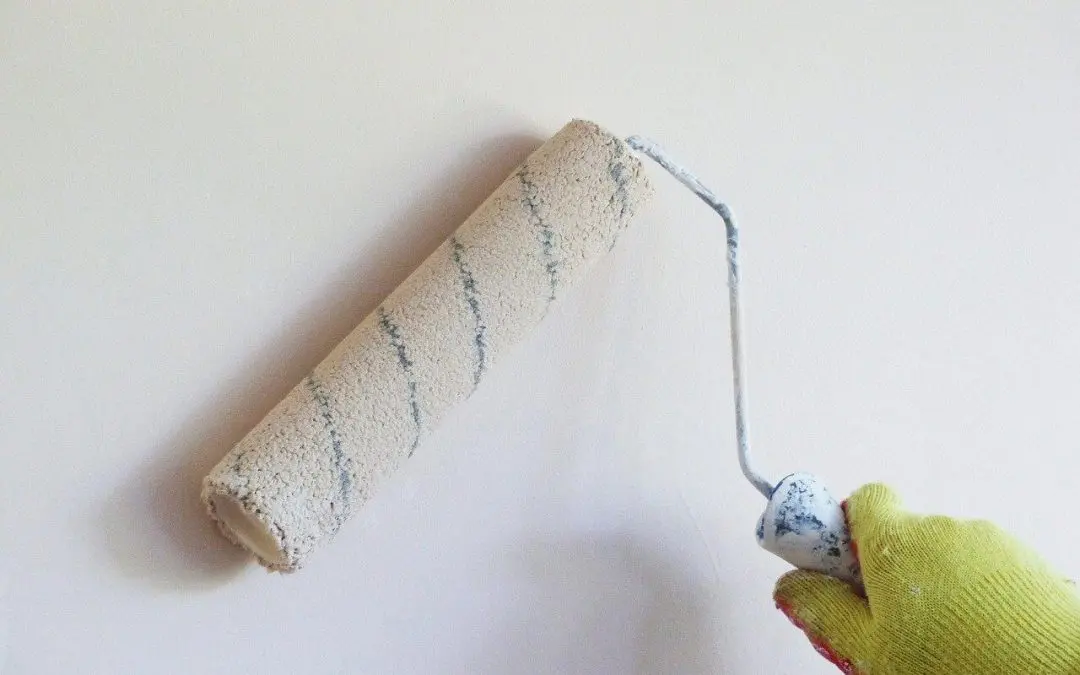Giving your home a fresh coat of paint can breathe new life into its appearance and create a welcoming atmosphere for you and your guests. While hiring a professional painter is always an option, many homeowners prefer to tackle painting projects themselves to save money and add a personal touch to their homes. With the right techniques and a little know-how, you can achieve professional-looking results without breaking the bank. In this blog post, we’ll explore some tips and tricks to help you paint like a pro and transform your home.
1. Prepare Your Space
Before you even pick up a paintbrush, it’s important to properly prepare your space. Clear the room of furniture and cover floors and fixtures with drop cloths to protect them from paint splatters. Remove hardware such as switch plates and outlet covers, and fill in any holes or cracks in the walls with a spackling compound. Proper preparation ensures a smooth painting process and professional-looking results.
2. Choose the Right Paint and Tools to Paint Like a Pro
Selecting the right paint and tools is crucial to achieving a professional finish. Opt for high-quality paint that is durable and easy to clean. Consider the type of paint finish that best suits your space—flat finishes are ideal for ceilings, while satin or semi-gloss finishes work well for walls and trim. Invest in good-quality brushes, rollers, and painter’s tape to ensure clean lines and smooth coverage.
3. Prime the Surface
While it may be tempting to skip this step, priming the surface before painting can make a world of difference in the final result. Primer helps to seal porous surfaces, provides a smooth base for paint adhesion, and improves color accuracy. Be sure to use a primer that is compatible with your chosen paint and follow the manufacturer’s instructions for application.
4. Use Proper Technique to Paint Like a Pro
Whether rolling on paint or cutting in along trim and edges, proper painting techniques are key to achieving professional-looking results. Load your brush or roller evenly with paint, and apply it in smooth, overlapping strokes. When cutting in along edges, use painter’s tape as a guide and work carefully to create clean lines. Take your time and avoid rushing the process for the best outcome.
5. Work in Sections
To prevent lap marks and ensure a seamless finish, it’s important to work in manageable sections when painting walls or ceilings. Start at one corner of the room and work your way across, keeping a wet edge to blend each section seamlessly into the next. Avoid stopping in the middle of a wall or ceiling to prevent visible lines or streaks.
6. Take Your Time and Be Patient to Paint Like a Pro
Painting can be time-consuming, and rushing through it leads to sloppy results. Take your time, work methodically, and allow each coat of paint to dry thoroughly before applying the next. Patience is key to achieving professional-looking results, so resist the urge to cut corners or rush through the process.
With the right preparation, tools, and techniques, painting your home like a pro is within reach for any homeowner. By taking the time to properly prepare your space, choose the right paint and tools, prime the surface, practice proper techniques, work in sections, and exercise patience, you can achieve professional-looking results that will enhance the beauty and value of your home for years to come.
FAQs for Interior Painting
Can I paint over existing wallpaper or textured surfaces?
While it’s possible to paint over wallpaper or textured surfaces, proper preparation is crucial. Wallpaper should be firmly adhered to the wall, and any loose edges should be secured. Textured surfaces may require additional sanding or priming to ensure proper adhesion and a smooth finish.
How can I minimize paint odors and drying time indoors?
Choose low-VOC (volatile organic compound) or zero-VOC paints, which emit fewer harmful fumes and have faster drying times. Additionally, using fans and opening windows can help to speed up the drying process and reduce odors.
What safety precautions should I take when painting indoors?
Ensure proper ventilation by opening windows and using fans, especially when working with oil-based paints or in poorly ventilated areas. Wear protective clothing, gloves, and goggles, and avoid prolonged skin contact with paint and paint fumes.
Are there any special considerations for painting interior surfaces in high-humidity areas like bathrooms and kitchens?
In high-humidity areas, choose mold-resistant paints and apply a moisture-resistant primer before painting. Ensure proper ventilation during and after painting to help the paint cure and prevent moisture-related issues such as peeling or mildew growth.
Cole’s Inspection Services offers professional home inspection services in Statesville, NC, and the surrounding area. Contact us to schedule an appointment.

